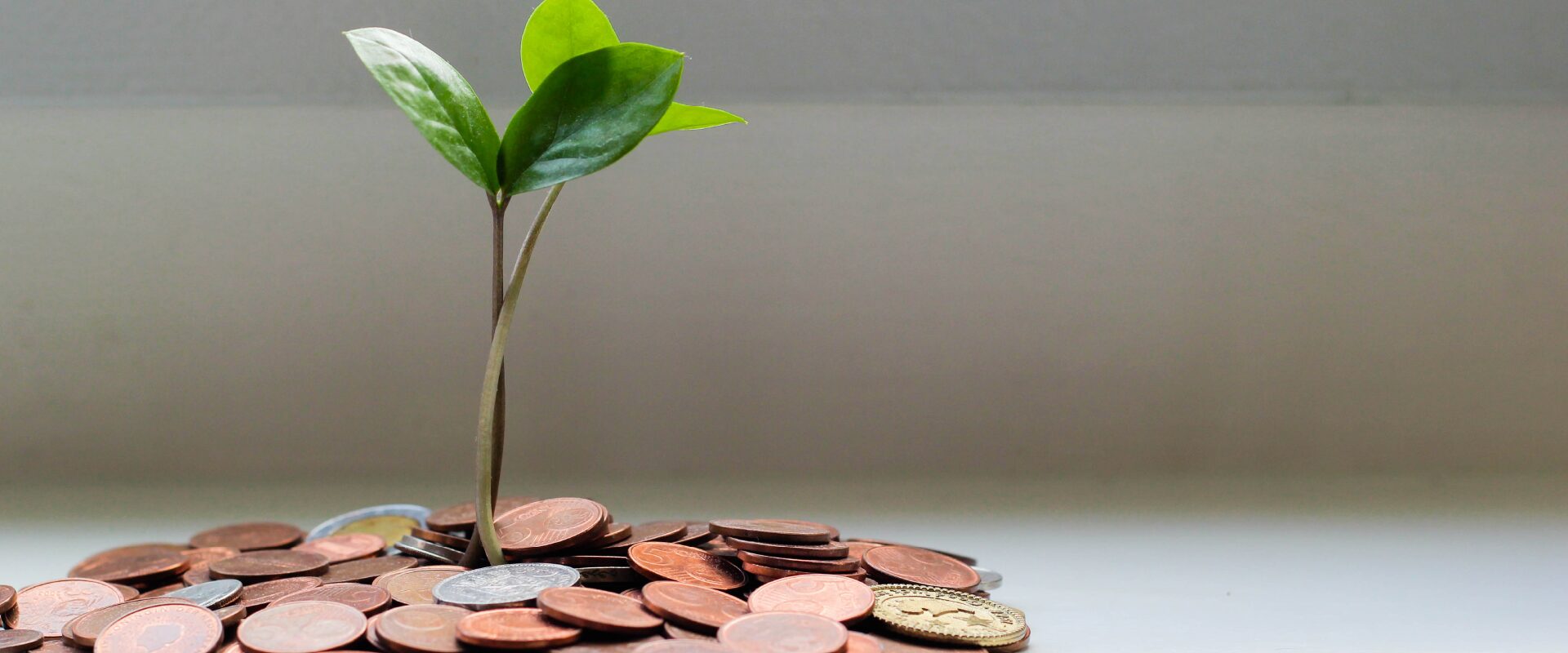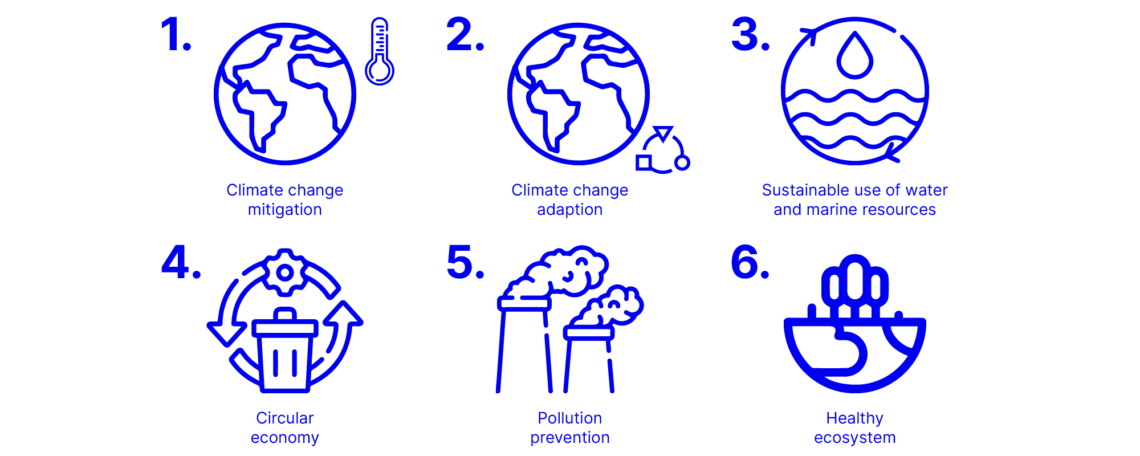In 2022, the European Union established the Sustainable Finance Taxonomy, which creates a new standard for linking investments to environmental and climate goals. However, currently, only 14% of Estonian companies have set sustainability goals for themselves, highlighting the need for solutions that simplify the adoption of sustainable standards for businesses.
Sustaxo
Taxonomy of sustainable financing
At the time of carrying out this project, Accelerate had a wider goal of supporting public/private partnerships, which later evolved to a more narrow focus on unlocking new markets by overcoming regulatory barriers.

Introduction
Problem
The taxonomy mandates that investments must contribute to at least one of six environmental objectives without causing significant harm to others. However, a critical issue is the absence of effective tools and databases to assess compliance with climate change mitigation and adaptation criteria. This gap poses significant challenges, particularly for small and medium-sized enterprises (SMEs), which often lack the expertise and resources to navigate these requirements. Many SMEs find themselves overwhelmed by the complexity of the taxonomy, unsure of how to align their operations with environmental standards.
Moreover, the lack of clear frameworks means that companies are left to interpret the taxonomy independently, leading to inconsistencies and potential non-compliance. Governments have a crucial role in supporting the transition to green projects, yet without proper tools, businesses struggle to demonstrate their commitment to sustainability.
Solution
Sustaxo has created a practical and simple tool for small and medium-sized companies to assess their environmental impact and adjust their business strategy accordingly, putting more effort on increasing positive effects on the environment. Following the principles of the real-time economy, the solution brings together data from the company itself, from it’s partners and from public sector databases with the least administrative workload.
End Goal
The aim is to establish nationwide reporting on the taxonomy of sustainable financing as a standard for all Estonian companies. This initiative would empower businesses to assess their compliance with environmental objectives, enhancing their competitiveness within the EU and increasing their access to green investments.
Outcome
Sustaxo developed a solution for the standardized measurement and assessment of climate impacts, particularly greenhouse gas emissions, thereby enabling small and medium-sized enterprises (SMEs) to evaluate their environmental sustainability. This assessment was deemed extremely important, for example, when applying for loans and participating in tenders.

With the Sustaxo solution, an assessment of the extent of environmental impacts was created based on the data of a specific company, which can be presented to its partners or financiers. The primary self-assessment results for the company include metrics such as energy intensity per service, the carbon footprint associated with the company’s location, employee commuting impacts, and the effects of business travel.

The project’s ultimate goal was to create the region’s largest climate impact data repository, which provides comparative insights to help companies benchmark their results. While the platform initially offered general sustainability recommendations, the company now provides tailored advice to individual enterprises.


